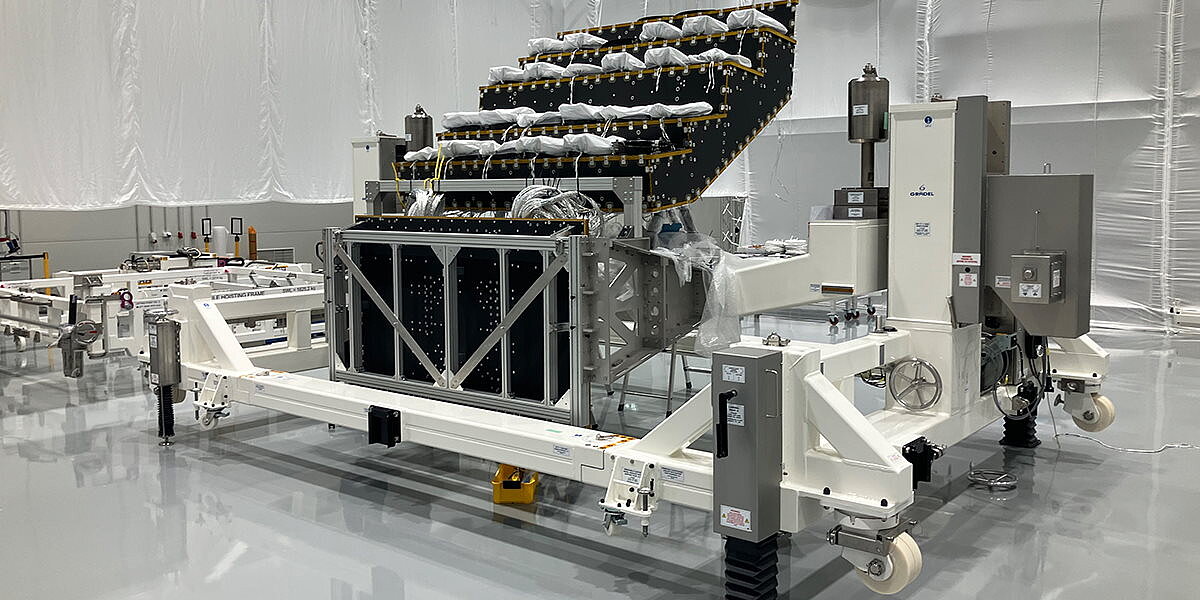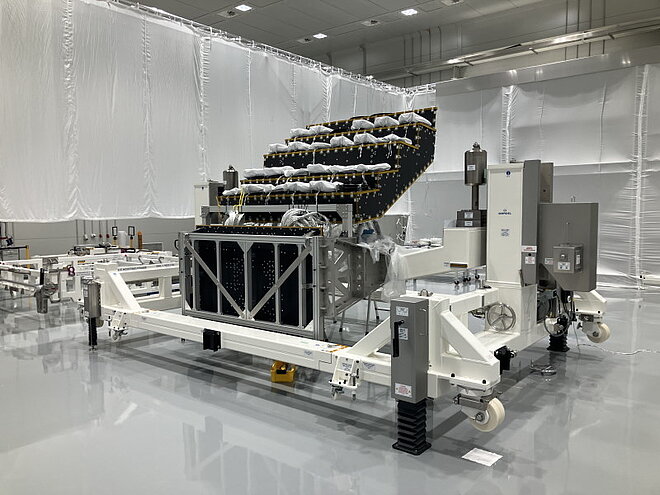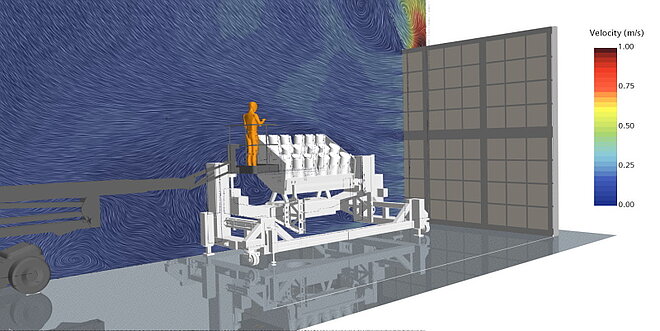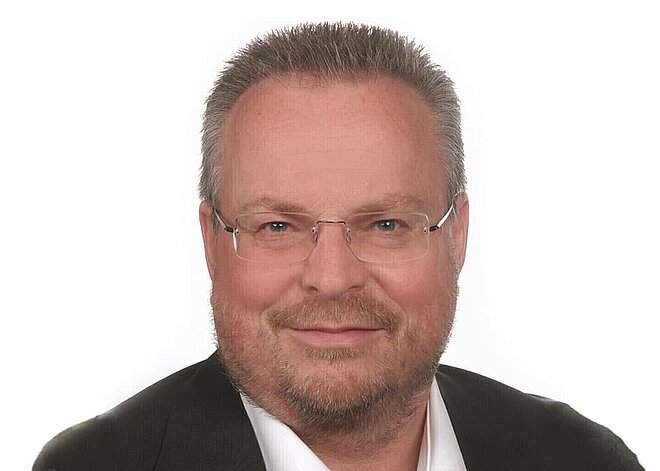Space telescope receives ISO 5 clean room in 5 days

To build a space telescope, it is necessary to create an ISO 5 clean room environment. For the ESA PLATO mission, it was necessary to realize this environment in an extremely small time window. A consortium of seven highly qualified companies, as well as state-of-the-art simulation technologies, made this unique challenge possible.
The space telescope with a circumference of 4 x 4 x 3 meters, equipped with 26 individual cameras, is to search the Milky Way for Earth-like planets as part of ESA's “PLATO” mission. To ensure that this works in the long term, the telescope is manufactured under clean room conditions, and not just to take account of the sensitivity of the optical systems. Impurities can block electrical and mechanical contacts, impair thermal conductivity or outgas in the vacuum of space, which can lead to problems over time.
An ISO class 5 clean room measuring 16 x 10 x 6 m was required for the planned satellite. A time window of five days was planned for the period between completion of construction and the start of satellite integration. Advance planning, realistic simulations and close cooperation between the companies involved were crucial to success.
Merkle CAE Solutions GmbH prepared the strength verifications of the supporting frame for the filter wall and the textile partition walls using FEM simulations and carried out detailed flow simulations so that the ISO 5 cleanroom class can be maintained from the outset without any problems. For this purpose, the basic flow in the cleanroom, which had not yet been built, was calculated. In order to avoid particles from the surrounding air and backflow effects, the satellite model itself was included in the calculations, just to name the obvious points. The optimization was carried out using several virtual variant studies until the best design for the layout of the filter wall was found.
“Professionals are needed to complete such a demanding task in this tight time frame. For all trades. We are very proud to have been part of this incredibly professional and ambitious team. This project shows once again what simulation technology can achieve in the right hands. Even or especially for extremely complex, sensitive and time-critical tasks,” says Dipl.-Ing. (TU) Stefan Merkle, Managing Partner of Merkle CAE Solutions GmbH.
OHB System AG is the client responsible for the development and construction of the space telescope and its integration into the satellite. Merkle CAE Solutions GmbH developed the numerical simulation of the statics of the stage and the filter wall and created the flow simulation to predict and optimize the cleanroom situation. As a provider of cleanroom solutions, QleanAir Scandivania Austria was responsible for creating the cleanroom. Hanselmann GmbH was responsible for the logistics and industrial assembly. Dastex GmbH & Co. KG supplied the cleanroom accessories and Dorfner GmbH & Co. KG was responsible for the building cleaning.



